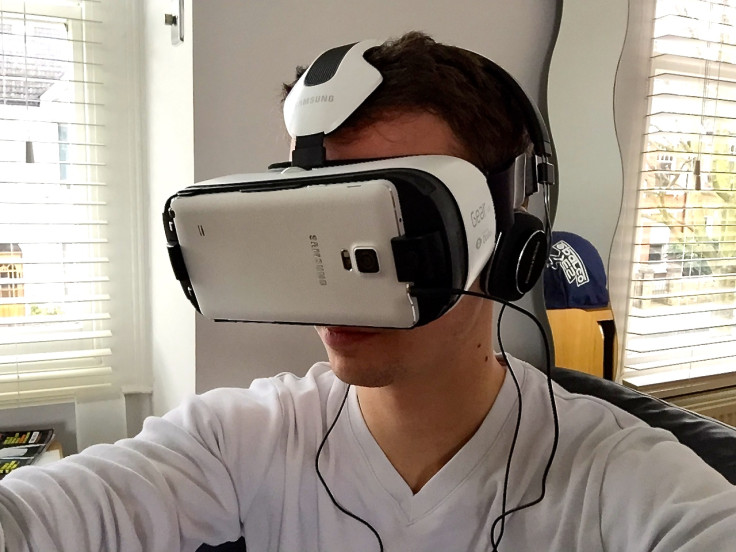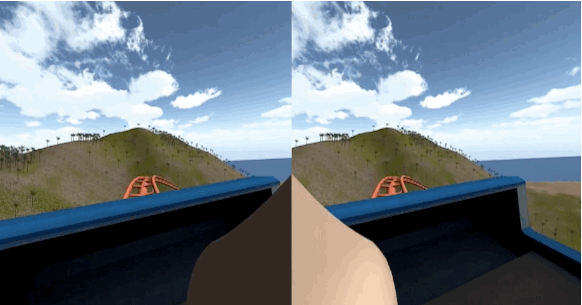Study finds virtual nose reduces VR motion sickness

The effects of motion sickness is still a huge obstacle for the virtual reality (VR) industry. While current tech is a world away from 1995's dizzying Virtual Boy, some people do still feel nauseous when donning a headset and entering a virtual world.
A new study has found an ingenious solution however: a virtual nose. David Whittinghill, an assistant professor at Purdue University led the study, which saw 41 participants using a variety of VR applications moving at different speeds.
Some walked around a villa, while others rode a rollercoaster, half without the virtual nose and half with it. Speaking to Wired Whittinghill said: "We've discovered putting a virtual nose in the scene seems to have a stabilizing effect," revealing that the effects of sickness were reduced by 13.5% thanks to the additional schnoz.

The reasoning given is that the nose acts as a natural point of reference in everyday lives and so could also work in VR. Other fixed points like a car dashboard have a similar effect but can't be worked into all VR experiences.
The study revealed that subjects playing the Tuscan villa game played for 94.2 seconds longer if they had the virtual nose, while in the rollercoaster game players only stayed for an additional 2.2 seconds. As Whittinghill states: "That's not enough," adding that those who played with the nose didn't even notice it was there.
"It's a big honking nose," he said. "It never occurred to us that they wouldn't perceive it, but they were almost universally baffled about what we were even talking about." The effect is called "change blindness" – which is why you don't notice your own nose while walking around, despite it being in view.
Regardless of the subjects not "seeing" the noses, there's no doubting they had an effect, making this a very possibly solution to a problem VR had been battling for years.
© Copyright IBTimes 2024. All rights reserved.







